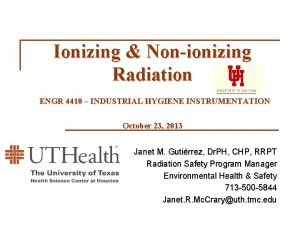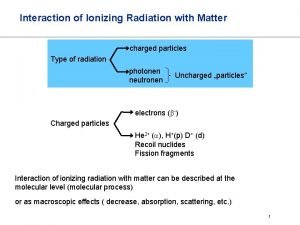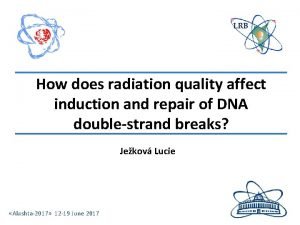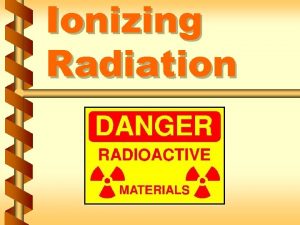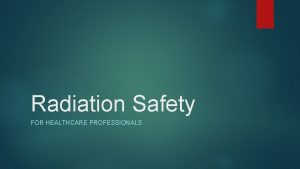P 46 IONIZING RADIATION EXPOSURE IN PEDIATRIC PATIENTS



- Slides: 3

P 46: IONIZING RADIATION EXPOSURE IN PEDIATRIC PATIENTS WITH VESICOURETERAL REFLUX: SHOULD WE BE ALARMED? Nicolas Fernandez 1, 2, 3 Luis-Gabriel Villarraga 2, Juan Prada 2, Valeria Restrepo-Parra 2, Julian Chavarriaga 2, Jaime Perez 2, 3 1. Division Urology, Seattle Children’s Hospital, University of Washington. Seattle USA. 2. Division of Urology San Ignacio Hospital, Pontificia Universidad Javeriana. Bogotá, Colombia. 3. Department of Urology Fundación Santa Fe de Bogotá, Colombia.

Introduction • Radiation exposure during childhood does have long-term stochastic effects. • Diagnosis and follow-up of patients with VUR requires ionizing imaging. • No awareness of the ALARA principle amongst pediatric health care workers. Maximum dose of 3 m. SV/year. • Hereby, we want to present the results of a retrospective estimation of radiation exposure of patients with VUR. Methods • Retrospective chart review of 140 patients with VUR between 0 and 8 years of age. • Demographic and clinical data, ionizing/nuclear studies and their radiation dose were collected. • Effective dose of nuclear studies was calculated based on WHO charts using dose calculator of The Society of Nuclear Medicine and Molecular imaging. • VCUG dose calculation was estimated to be the equivalent of 5 abdominal X-rays (1 ms. V per abdominal radiograph).

Results • First study was performed at 20 months (SD± 17. 9). • Average radiation exposure of 9. 03 m. Sv (5. 7 - 20. 7 m. Sv). • Average of 7. 3 studies (2 – 10). • Distribution of total radiation was: • DMSA 51% • VCUG 31% • Other (MAG 3, Isotopic Cystogram, DTPA, IVUG). • Reflux grade associated with higher radiation effective dose (OR, 1. 7; 95% CI, 0. 87 -3. 31). Conclusions • Patients with VUR are exposed to high doses of radiation. Most of them above allowed and safe regulated doses. Implications will only be seen decades after exposure. Most studies might not change medical decisions and are only performed to follow-up asymptomatic patients. Awareness among clinicians is needed to reduce radiation exposure to our patients.

